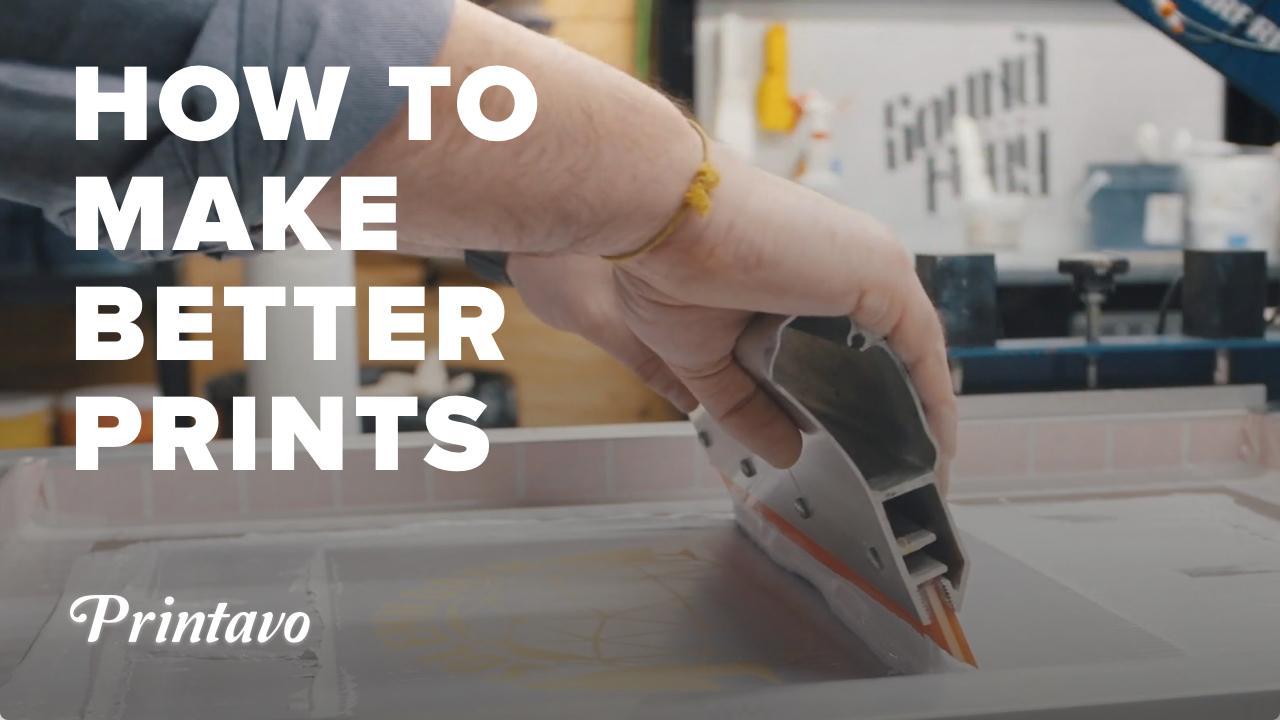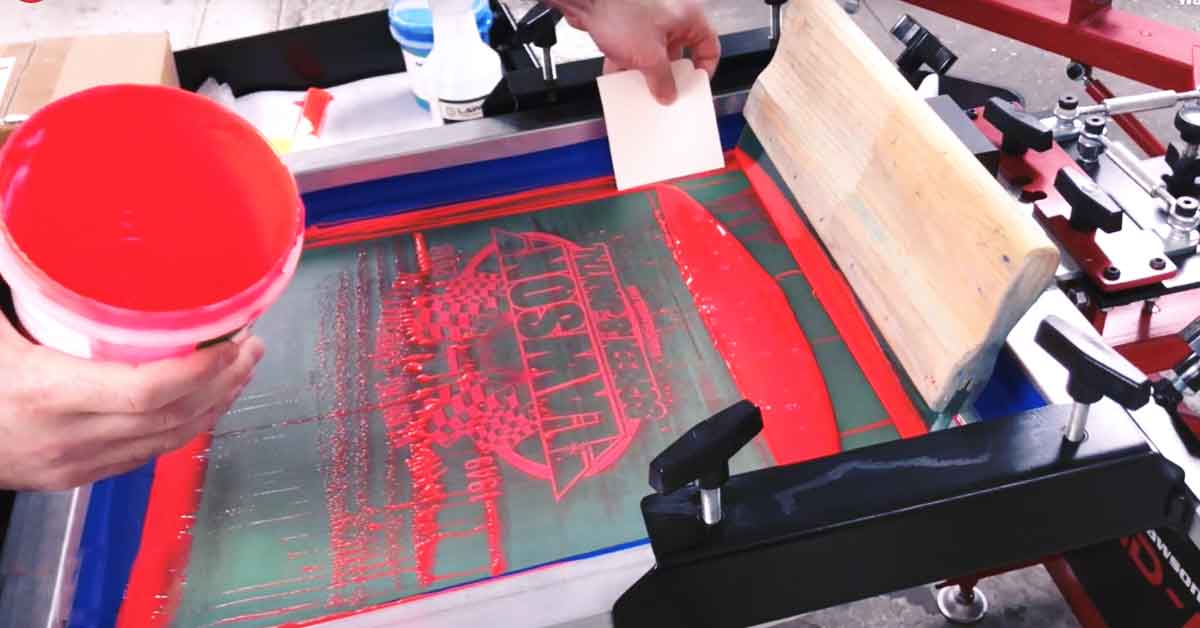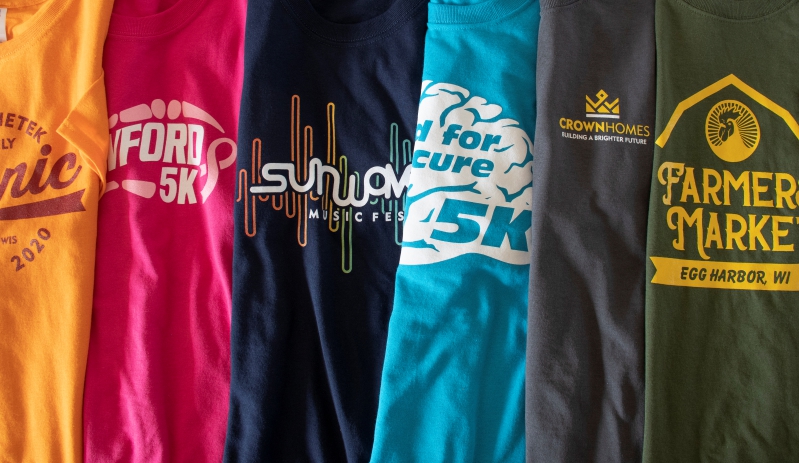The Ultimate Guide To Tx Tees
The Ultimate Guide To Tx Tees
Blog Article
The 15-Second Trick For Tx Tees
Table of ContentsTx Tees Fundamentals ExplainedThe Greatest Guide To Tx TeesTx Tees for DummiesTx Tees - An OverviewSome Ideas on Tx Tees You Should KnowUnknown Facts About Tx Tees6 Easy Facts About Tx Tees Explained
Add up various other expenses, like the number of utilities it takes to run the store and the cost of ink and solution per style. Take the print listed below.The solution ought to just be a couple of cents since you 'd only need to layer one display for this job. Exactly how much should you bill per t shirt to make a profit? Typically, printers try to make up to 45% revenue on a print work. Here's a table to help you figure out that: complete price per thing percent of desired profit as a decimal (example:.25 or.45) revenue made per item per work Now allowed's talk about the earnings of DTF.

With DTF, you can publish a handful of tee shirts, or just one. Both display printing and DTF have their specific niches in the world.
An Unbiased View of Tx Tees
The most effective way to understand? Ask about and see what printing shop like your own are doing. custom screen printing. Attempt both out and see which you like better
When you're selecting what kind of printing approach to use for printing your artwork designs on your garments, it is very important that you recognize the distinctions between these two techniques so you can optimize outcomes while decreasing prices. Screen printing is the most commonly used technique for printing designs on textiles.
DTG printing is also referred to as area or direct to garment printing since it prints just what is needed instead of making a screen as screen printers do. https://pubhtml5.com/homepage/kmsyk/. Screen printing functions by display filler squeegee display printing ink screen mesh display, then moving the picture to garment making use of warm and/or stress
The DTG printer utilizes unique dye-sublimation inks that are used into a pre-designed picture by an electronic printing system. The inks end up being part of the material, permitting lively colors and phenomenal detail. It's additionally called place or direct to garment printing due to the fact that it prints only what is required rather than making a display as display printers do.
The Of Tx Tees
It's much quicker - you can publish a fullcolor photo in mins, as opposed to hours for display printing. Second, there's no established up time or costs included - you can publish any kind of layout you such as, without needing to develop a display initially. Third, there's no waste - since display printers display print one style each time, they need to screen each color individually.
The paper is extremely costly and can only be utilized when. Once it's printed on, it needs to be disposed of. - The initial purchase price is lower than the upfront financial investment of DTG printers- You can publish multi-color layouts one display each time rather than having to publish each shade individually like DTG printing.

The Facts About Tx Tees Revealed
Rather of making use of screen mesh as screen printers do, dye sublimation printers make use of laser technology to transfer your pictures onto garments or paper. A warmth procedure transfers the dye from its solid-state directly right into the gas stage which in turn fuses it onto fabric substrates when they are quickly warmed to heats under high pressure.
Sublimation printing is environment-friendly. It makes use of less water than screenprinting, and because it doesn't include making use of harmful solvents, it's safe for all sorts of clothing. The color sublimation inks are likewise unsmelling when cured, unlike screen printers that use harmful chemicals during the screen printing process that leave behind an unpleasant odor.
They likewise save money on expensive devices like direct exposure systems considering that color sublimation printers do not call for a UV direct exposure system or a flash remedy stove that is normally made use of in display printing (custom monograming). What is straight to garment printing (DTG Printing)? DTG printing is an electronic screenprinting procedure that publishes directly onto fabric using specialized inkjet printers
The Buzz on Tx Tees
DTG printing uses numerous advantages over standard screenprinting, including the ability to publish photographic top quality pictures, greater shade vibrancy, and the capability to print layouts on darker fabrics. DTG printers function by heating up the textile ink till it transforms into a gas. The gas then penetrates the fabric, bonding with the fibers to develop a long-term print.

Screen printers merely prepare their display after that begin publishing up until they run out of product or ink.- There is a broad range of experienced screen printers throughout the globe, which can be handy for newbies. - It's a slower procedure - screen printers typically have to wait for the ink to completely dry prior to they can publish the next color- Screen printers call for manual work, so there's a greater knowing curve and it takes longer to produce a high-quality layout- Screen printing isn't as precise as DTG printing, so you may get some "blood loss" of colors from one part of the photo onto one more if not done properly.
Top Guidelines Of Tx Tees
Instead of utilizing screen mesh as screen printers do, dye sublimation printers make use of laser technology to move your images onto garments or paper. A warm procedure transfers the color from its solid-state directly into the gas stage which in turn integrates it onto fabric substrates when they are swiftly heated to heats under high pressure.
Sublimation printing is green. It uses less water than screenprinting, and due to the fact that it doesn't include making use of damaging solvents, it's secure for all types of clothing. The color sublimation inks are also odor free when healed, unlike screen printers that use dangerous chemicals throughout the display printing procedure that leave behind an unpleasant odor.
They additionally conserve money on costly devices like direct exposure devices since dye sublimation printers don't need a UV direct exposure device or a flash treatment stove that is generally utilized in display printing. What is direct to garment printing (DTG Printing)? DTG printing is a digital screenprinting procedure that prints straight onto fabric utilizing specialized inkjet printers.
Tx Tees Things To Know Before You Get This
DTG printing supplies several advantages over standard screenprinting, consisting of the capability to print photographic quality images, better shade vibrancy, and the capability to print designs on darker Learn More Here textiles. DTG printers function by heating up the textile ink until it transforms right into a gas. The gas then penetrates the material, bonding with the fibers to create a permanent print.
Report this page